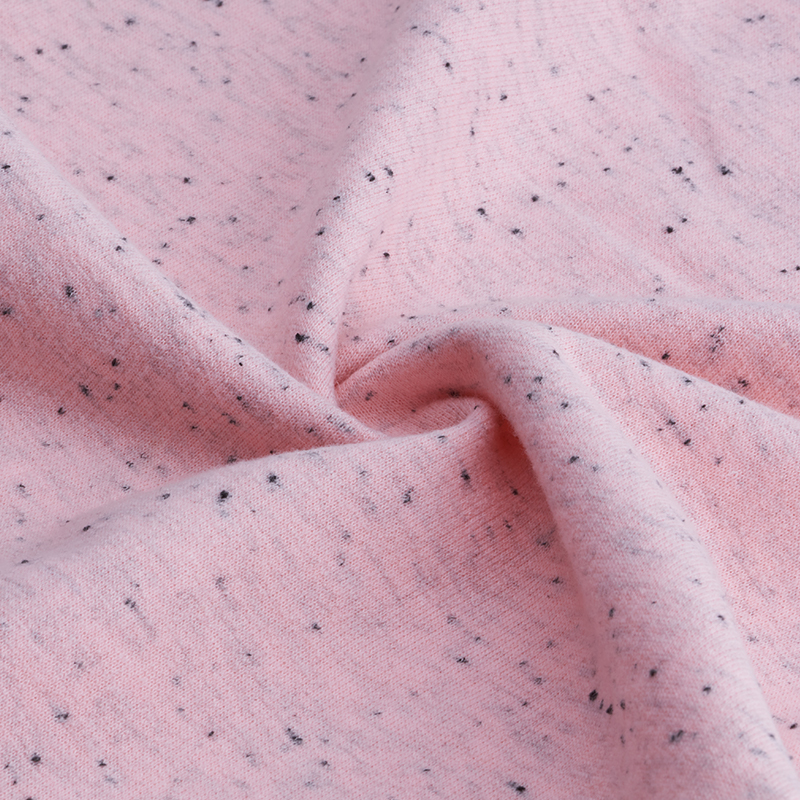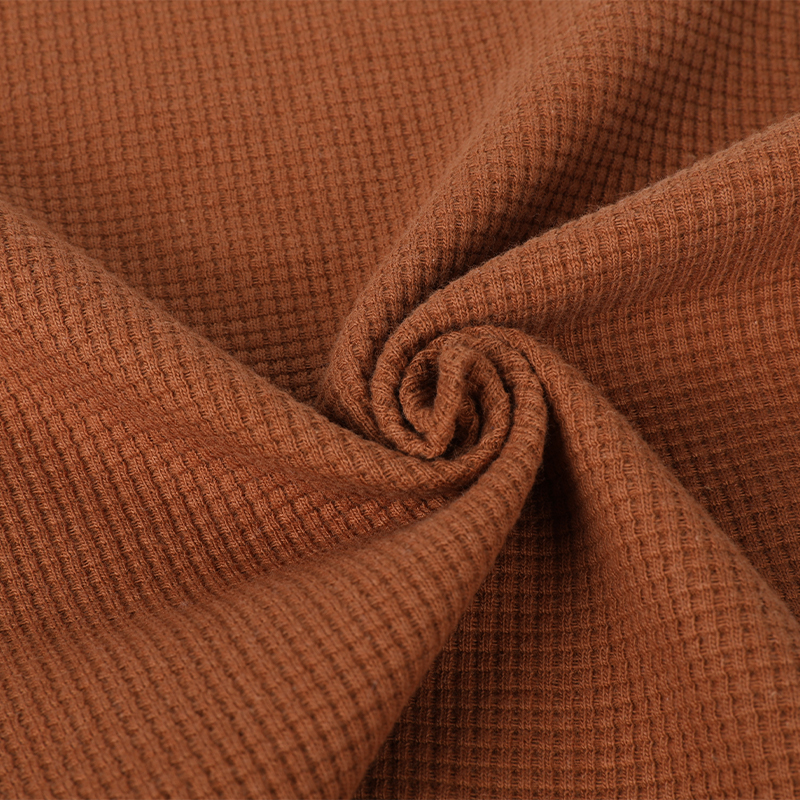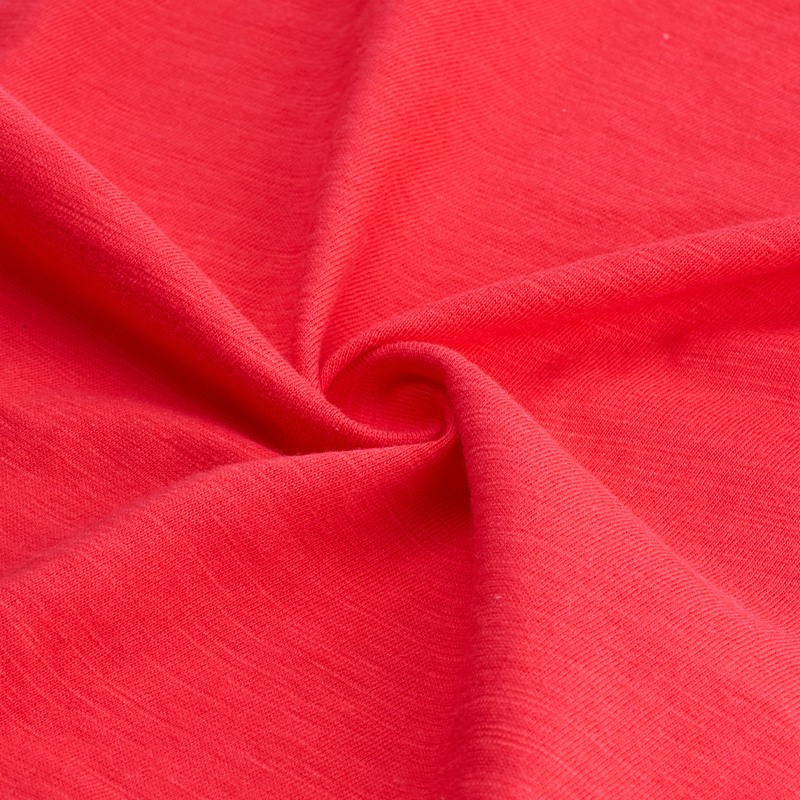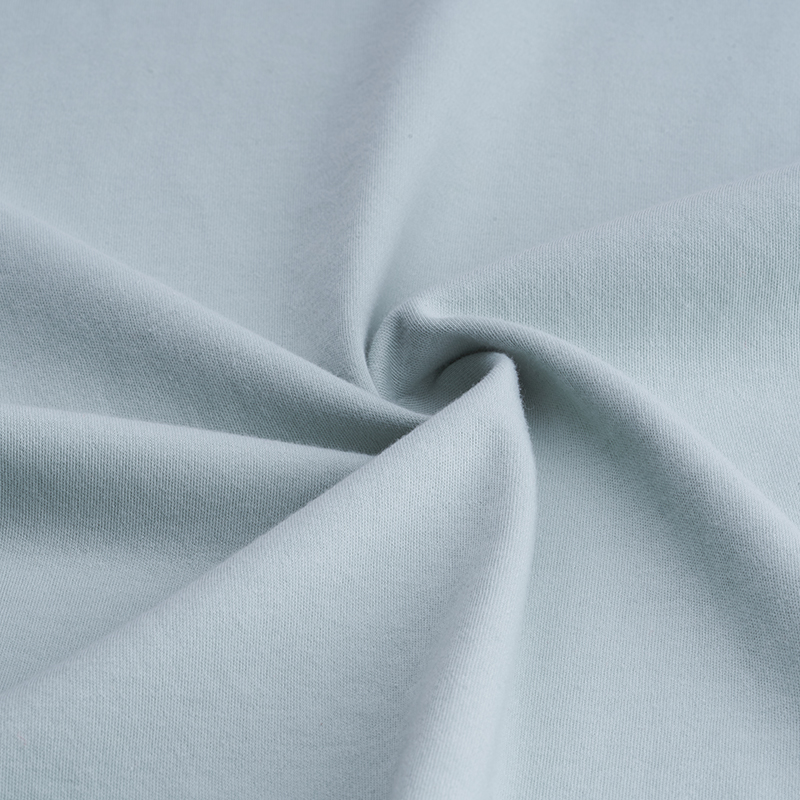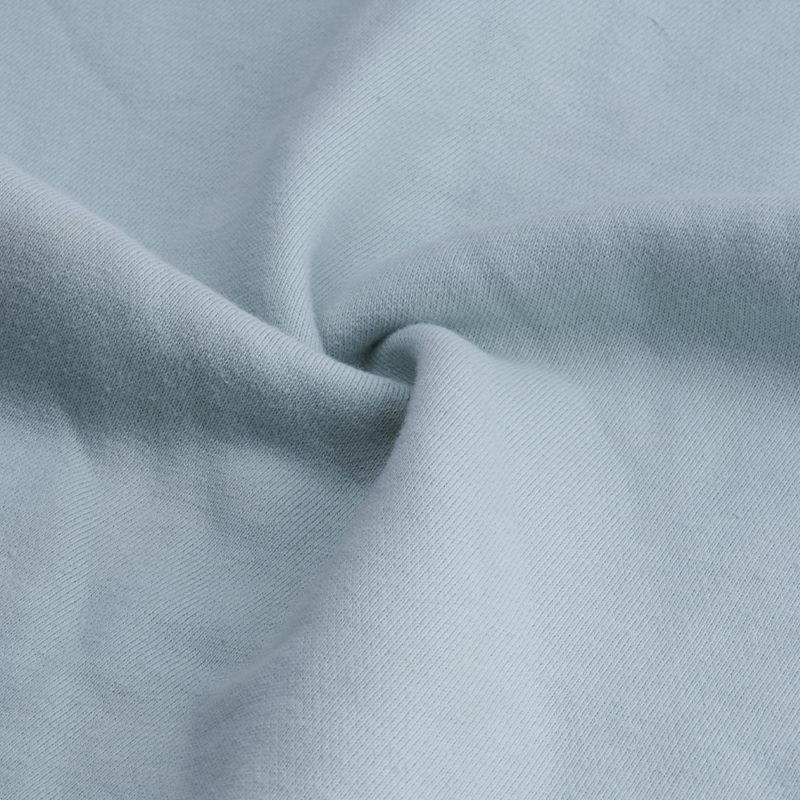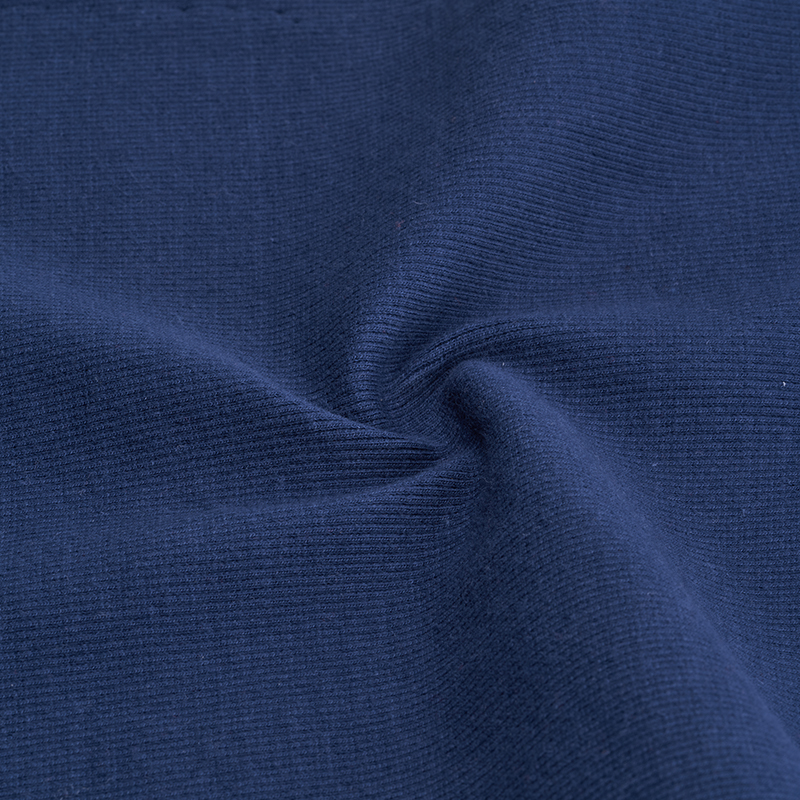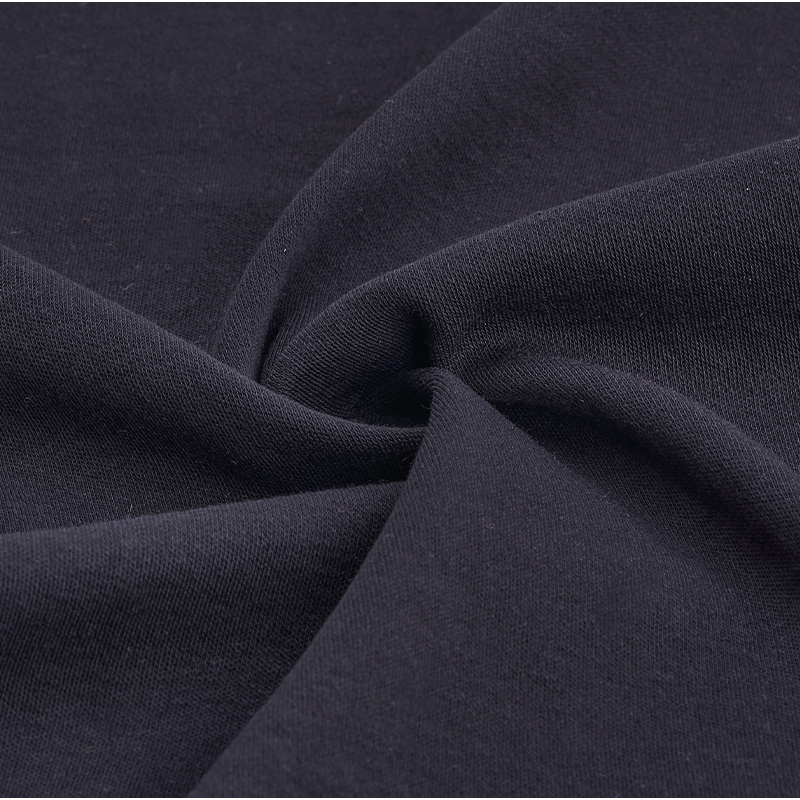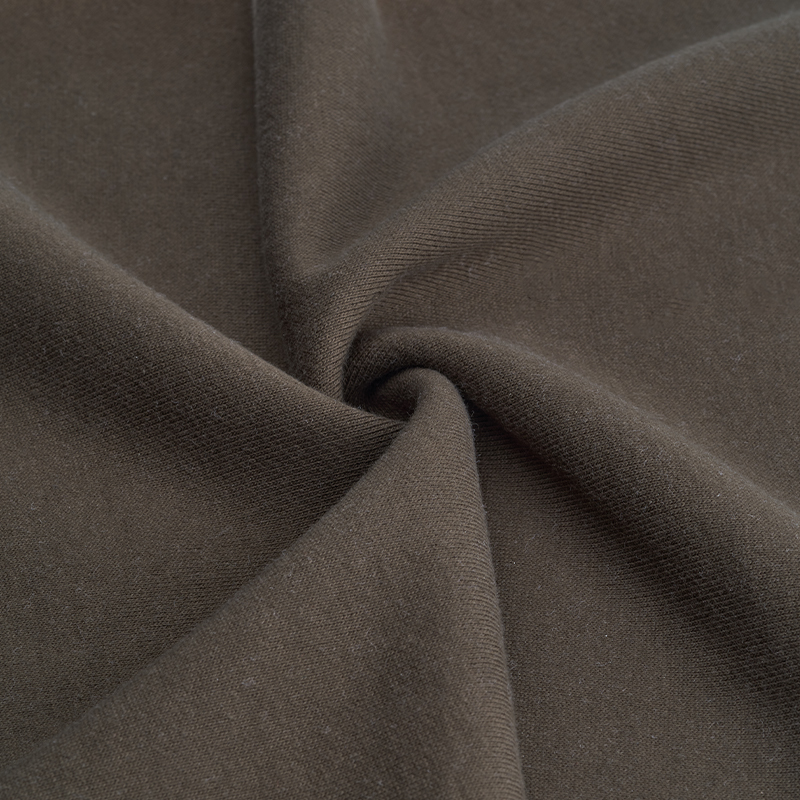In the context of severe environmental challenges facing the global textile industry today, Hacci Fabric, as an innovative material, is providing practical solutions for the sustainable transformation of clothing and textile production. This special fabric is redefining the standards of environmentally friendly textiles through its unique manufacturing process and material properties.
Hacci Fabric, also known as "honey knitted fabric", is a high-quality knitted fabric made with a special weaving technology. Its name comes from a variation of the Japanese word "hachimaki" (headscarf), describing its unique honeycomb weaving structure. Compared with traditional textiles, Hacci Fabric significantly reduces the impact on the environment during the production process.
Sustainability Advantage Analysis
1. Reduced water consumption
Hacci Fabric's production process optimizes the links in traditional textile manufacturing that use a lot of water. According to industry research, its manufacturing process reduces water consumption by about 40% compared to conventional cotton fabrics, which is particularly important for textile production areas with water shortages.
2. Reduced chemical use
Through innovative weaving technology, Hacci Fabric reduces the need for chemical finishing agents in post-processing. Many Hacci products use liquid dyeing technology, that is, color is added at the fiber production stage, avoiding the large amount of toxic wastewater generated by traditional dyeing processes.
3. Extend product life
Hacci Fabric is known for its excellent durability. Its compact honeycomb structure provides excellent anti-pilling and abrasion resistance, significantly extending the service life of clothing, thereby reducing waste generated by frequent replacement.
4. Improved recyclability
Modern Hacci Fabric is increasingly designed with single material components, which improves the recyclability of products. Compared with mixed material textiles, pure Hacci products are easier to be effectively recycled at the end of their life cycle.
Industry application and market response
Leading environmentally friendly fashion brands have begun to widely use Hacci Fabric to make basic clothing such as T-shirts, underwear and home clothes. Consumer surveys show that the comfort and durability of Hacci products are highly rated, and its environmental attributes have become an important factor in purchasing decisions.
Future development direction
Textile technology experts pointed out that the next step of innovation of Hacci Fabric will focus on:
Further increase the proportion of recycled materials
Develop more energy-efficient production processes
Optimize biodegradability
Expand application in high-end fashion
Hacci Fabric represents a practical solution for the textile industry's transformation to a sustainable future. By reducing resource consumption, reducing pollution and extending product life, this innovative material is proving that fashion and environmental protection are not mutually exclusive. With technological advances and the improvement of consumer environmental awareness, Hacci Fabric is expected to become an important part of the mainstream textile market and set a new benchmark for the industry's sustainable development.

 English
English